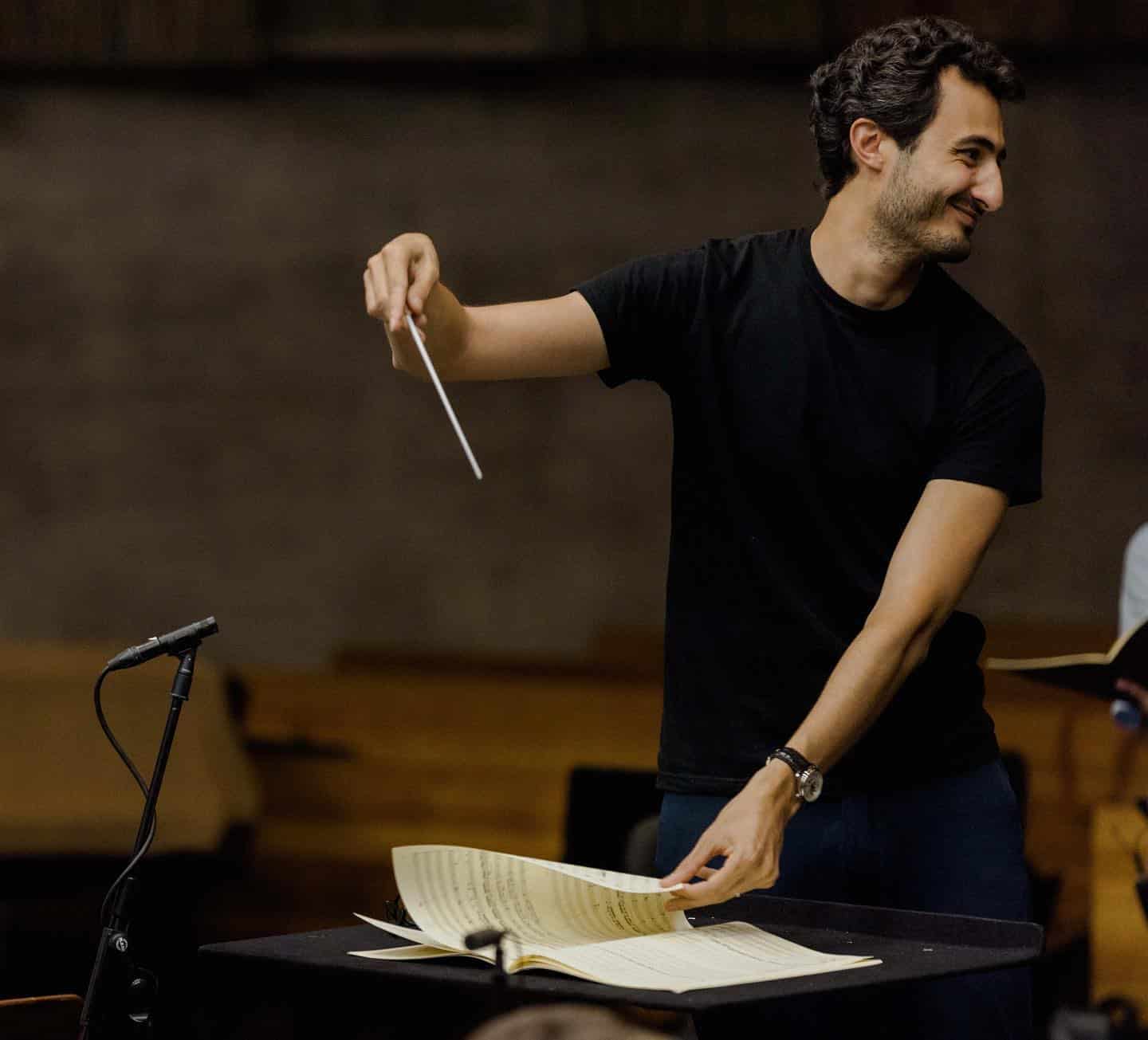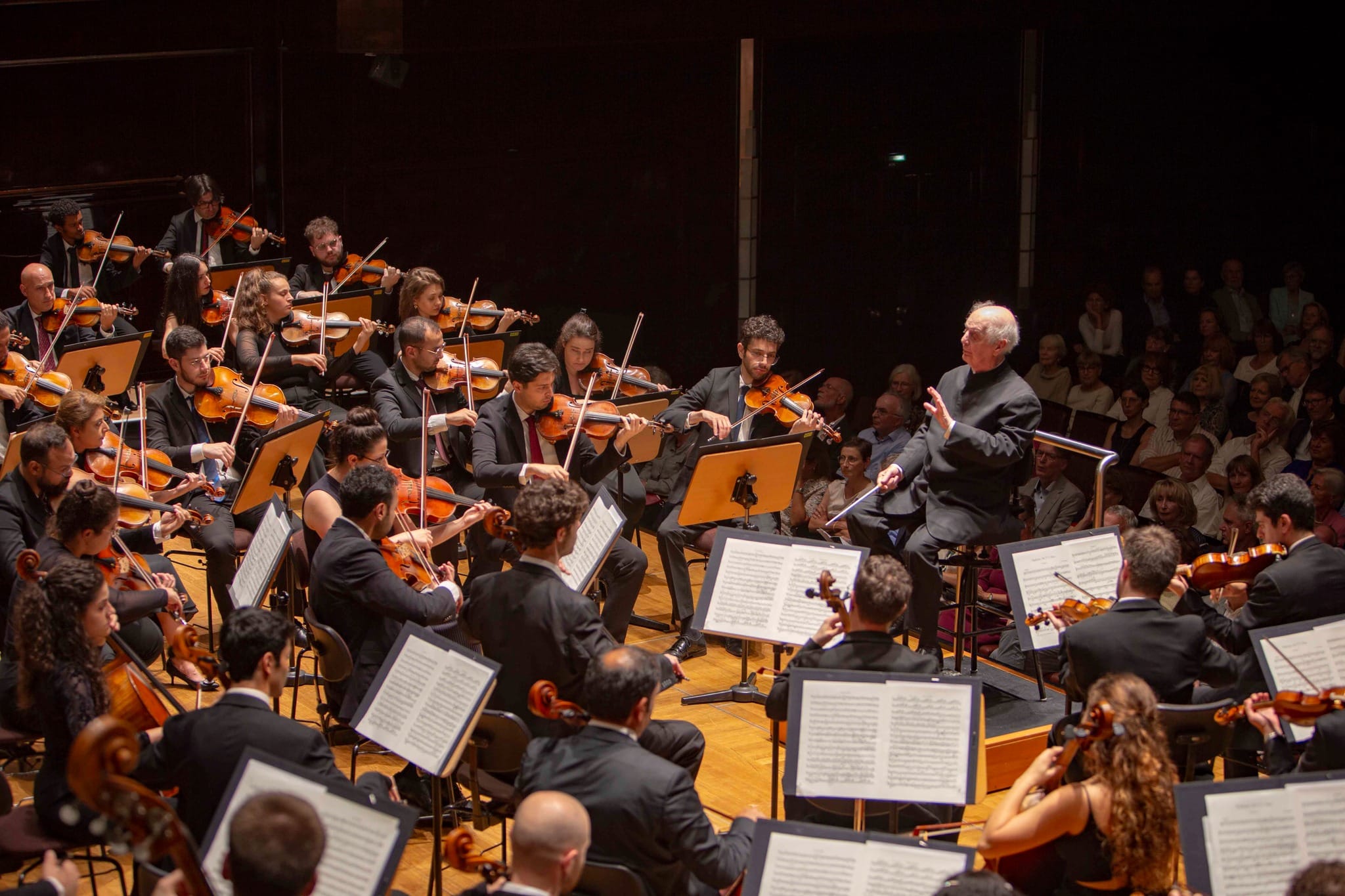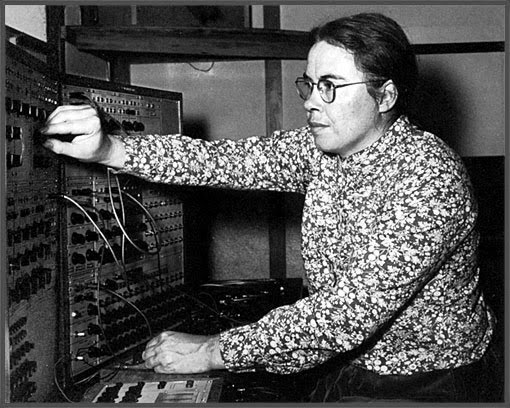Thibaudet: The less you move, the better you play
mainThe French pianist talks to Zsolt Bognar about the lessons he learned from Arthur Rubinstein, who always put the audience first.
Jean-Yves Thibaudet – Living the Classical Life: Episode 63 from Elyria Pictures on Vimeo.





Tell that to Lang Lang!!
Not moving much is wise but no secret. I can easily think of past supervirtuosos who sat still: Horowitz, Bolet, Michelangeli. Or current ones: Wang, Hamelin… Aside from Lang Lang, who else moves or moved a lot?
Khatia Buniatishvili?
Trifonov
Uchida maybe?
She moves some, but to me she looks natural, not distracting. No drama queen like Lang Lang, or stretching into funny positions, like Trifonov.
Interestingly Van Cliburn looked quite still at the piano, despite being otherwise very theatrical. I am judging from videos.
you mean Bang Bang?
Beautiful soul.
My favorite pianist
One of the most charming interviews ever, enthusiasm and naturalness pouring out of him, helped also by the most civilized interviewer!
Many thanks for your kind words about this, and thank you for watching—please keep in touch!
You know. It really is so true.
There is something about watching/ hearing Horowitz, Michelangeli, Rubinstein, that is sooo beautiful in that it is them, their ears, mind, heart and hands making the music. Nothing more. Nothing more needed. Nothing to get in the way of the onlooker/ listener.
It’s funny. Celibudache was once taliking about certain conductors, and there “ emoting”..
and he said disdain these were “ego reactions” and there was no place for them.
I thought about it. What a brilliant way to put it.
If you are alone and at one with the audience, the composer, the instrument, the orchestra.. these other nonsenses are really… just that
Yes, we all know that Celi was a paragon of modesty.
Pls watch:
https://www.youtube.com/watch?v=1Ep7gMXbIR4
lol. That he was.
But he did have a point with this
It’s also a fact that Leopold Stokowski, who was often accused of theatricality, barely moved on the podium. His shoes could have been glued to the floor; there was no emoting. But his remarkable technique — hands and eyes — powerfully communicated to his players. I was his orchestra librarian and friend for years. I’m writing a memoir about him and other musicians who were somewhat misunderstood.
I am so happy to hear that you are writing a memoir of Stoki.
I am in total agreement with you about his conducting style. Just check out the various YouTube clips – he’s calm, cool, and collected.
But those hands…. that face…. those eyes….
I studied timpani with Stoki’s American Symphony Orchestra timpanist, Elayne Jones. She told me that his rehearsal technique was totally professional and straightforward: no tantrums or emoting there, either. He would simply play through a movement and then give concise, precise, and minute instructions to the orchestra as to his wishes.
The magic happened at the performances.
I can’t wait to read your book!
Conductors are bad for “traveling” around the podium as they wave. Every footstep takes away from what needs to be said with the eyes, upper body and stick (or hands).
George S. Kaufman, to a visibly nervous actor: “Don’t just do something; stand there!”